A buyer's and user's guide to wooden watches
A wood watch is a timepiece which incorporates wood into the design. The casing and sometimes the strap is made from wood. The internal watch mechanism is much the same as a conventional watch. Wood has been used to make things since human beings first started making tools. It's a sustainable and versatile material.
Why Make Wooden Watches?
When it comes to eco-friendly materials, wood offers many advantages over plastic or metal. First of all, it is completely renewable. Wood can be recycled, and its processing generally offers a lower environmental impact, due to less energy consumption.Additionally, wood sourcing is strictly monitored. This means, you can’t just go into a forest and chop down a random tree to make your watch. Instead, companies are bound by international agreements that help to protect forests. All sources of wood, used for industrial consumption, such as furniture, and smaller consumer goods including watches, must be certified. Companies must comply with guidelines issued by a certification council, such as the Forest Stewardship Council (FSC) and Programme for the Endorsement of Forest Certification (PEFC), which are two of the largest worldwide. These certifications often involve policies, such as reforestation, meaning that for every tree harvested, at least one more must be planted.
These certifications help you to remain confident that the watch you’re wearing is as sustainable as possible.
Now that we have you convinced that wood is an eco-friendly material, you may be wondering what type of wood makes for the best watches.
Luckily, talented watchmakers have discovered techniques that make almost any kind of wood suitable for creating watch cases and bracelets. You’ll find watches made from the local hardwoods to the most exclusive and peculiar tropical woods. Almost every kind of wood can be used for this application.
What’s more, wood is a much more natural material than others. While your skin might be allergic to silicon or plastics, it’s much rarer to experience irritation with wood. This is because wood lets your skin “breathe.” Wood is also lighter than metal, and much more neutral to ambient temperature, resulting in a more comfortable wearing experience.
Last but not least, all the wood watches we have examined and put into this selection range from affordable to very inexpensive. This is due to wood being much more workable as a material than metal, so the watches can cost much less. Also, the movements installed in the wooden watches are generally quite simple, ranging from the most economic quartzes to less sophisticated mechanicals.

The Downsides of Wearing a Wooden Watch
Even though wood has many good points as a material for watchmaking, there are some fields where wooden watches would not be well-suited.
In general, wooden watches require some maintenance, just like your wooden furniture. Wood is a natural material, so to preserve its shine and texture, it must be regularly cleaned and treated with nourishing oils and essences.
This isn’t particularly difficult, but remember that it is something you have to factor in.
Also, humidity has an effect on watches. Some wooden watch companies will send you a special humidor box, that helps to preserve the watch. So, if you are a bit careless with watch wearing, a wooden timepiece would not really suit you.
This susceptibility to moisture means that if you are a dedicated diver, it’s best to find alternatives to wooden watches. As you will see, except from one notable exception which has the wood only on the dial, wooden watches generally sport a low water resistance of just 30 meters. Remember also that our wooden friends here are made with green practices. This means they are not varnished with various chemicals to preserve them, like your typical wooden boat would be, so you should really avoid any continuous contact with water.
Another area which might prove unsuitable for wooden watches is heavy-duty use. If you subject your watch to a more taxing use then just normal activity in an office, then you might prefer another kind of watch.
For example, if you spend your working hours in a workshop, or in areas with extreme temperature conditions, like a furnace, or if you frequently work using your arms and hands and maybe tend to hit things with your watch, then you might find better alternatives to wood. Since wood is a fine material, it tends to be sensitive to hits, meaning that it could break where a metal case would only get a dent.


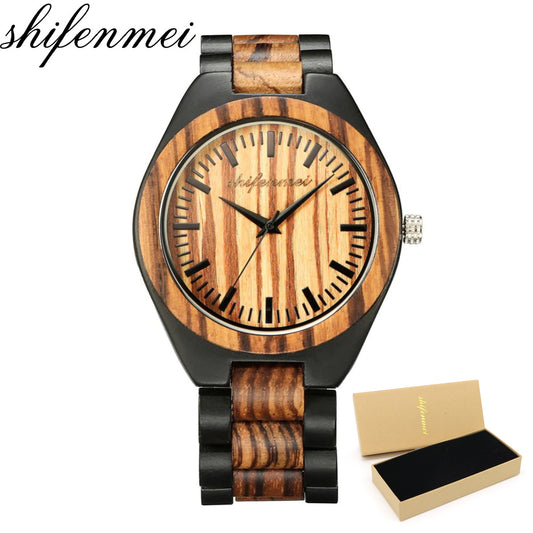
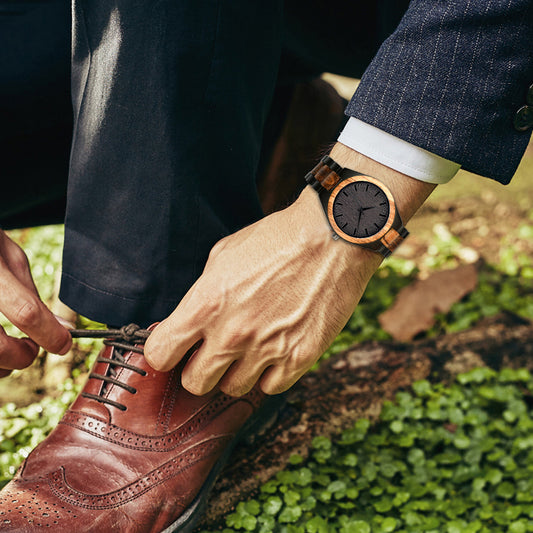
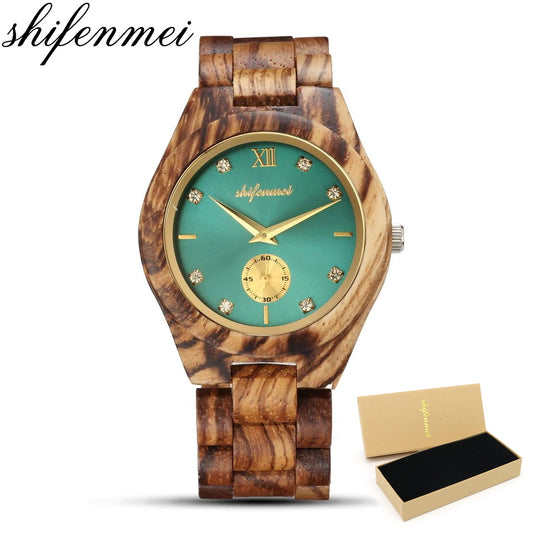

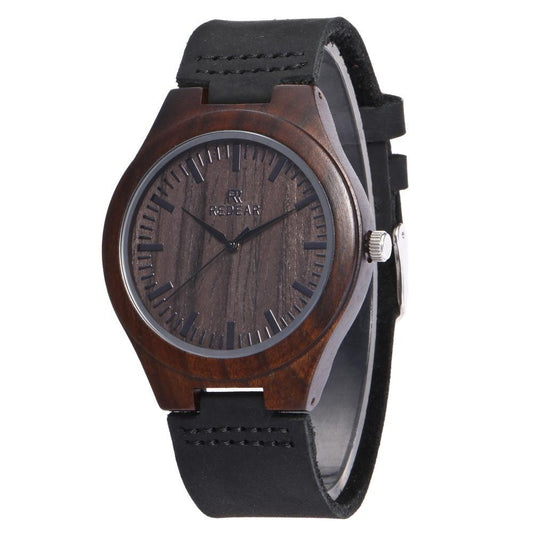
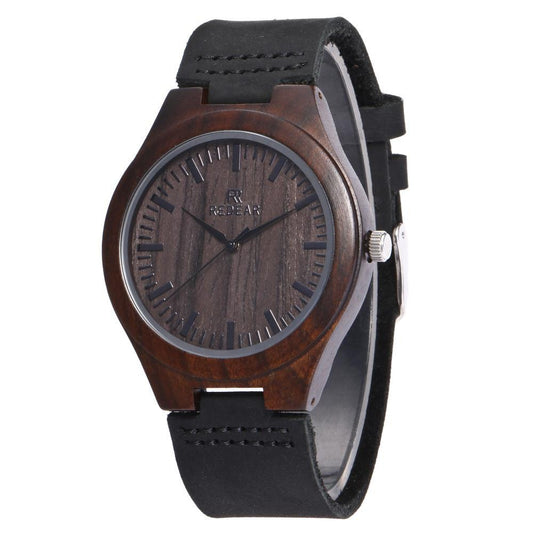
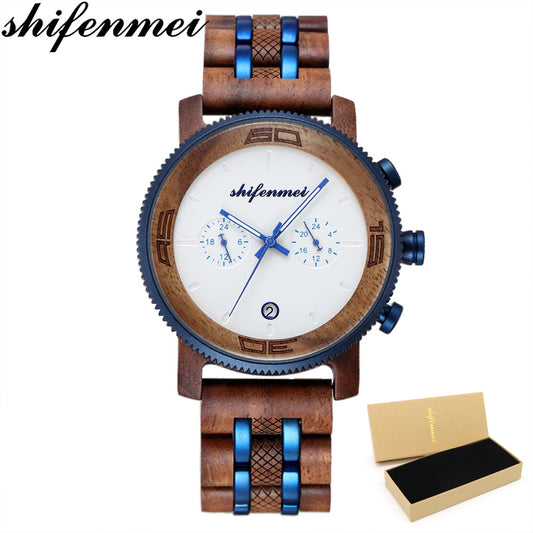
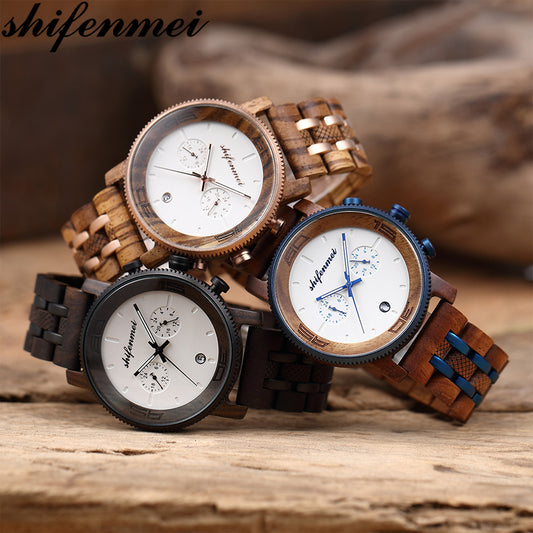
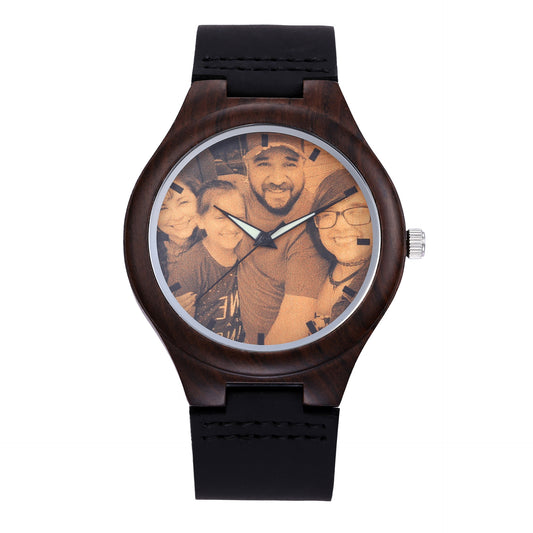
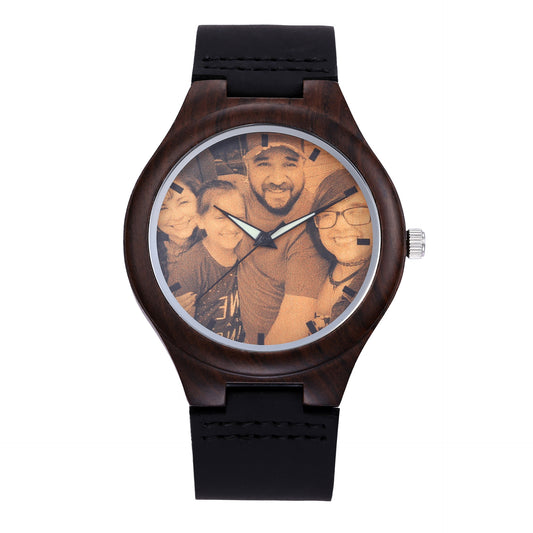
Leave a comment
Please note, comments need to be approved before they are published.